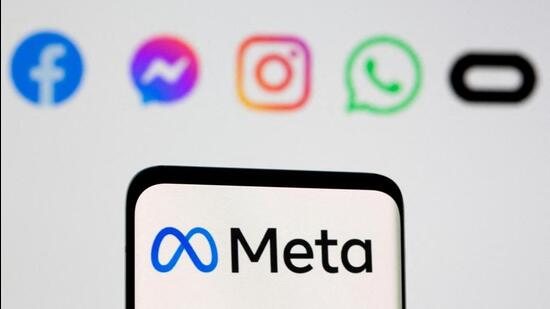As many as 19 members of the US Congress have written a letter, addressed to Meta CEO Mark Zuckerberg, asking for an explanation as to why Meta is allowing drug dealers to post ads on the company’s social media platforms, Facebook and Instagram. This follows a report a few weeks ago by the Tech Transparency Project, a watchdog group, which found more than 450 ads on Instagram and Facebook selling an array of pharmaceutical and other drugs.
Meta and Mark Zuckerbeg have been asked to explain the processes Meta uses to review and then approve drug-related advertising on the social media platforms, any action taken against such entities who place these advertisements, and how long does it take to remove advertisements such as these which are a violation of the policies governing the platforms. The tech giant is expected to respond to the letter, in the coming days.
“We are particularly concerned about the impact these advertisements have on children and teenagers. In 2022, an average of 22 minors, ages 14 to 18, died in the U.S. each week from drug overdoses. This is driven not by an increase in illicit drug use, but rather by the contents of drugs becoming deadlier due to the influx of fentanyl into the United States. Fentanyl is often found in counterfeit oxycodone, benzodiazepines, and other prescription pills – all of which have been found on your platforms, including in advertisements,” the lawmakers have asked in the letter addressed to Zuckerberg.
The lawmakers have also asked Meta to furnish details about how many users viewed these advertisements selling drugs, how many users interacted with these advertisements and how many of these were minors. Meta and Zuckerberg are also expected to explain steps Meta will take to prevent illicit drugs from being advertised on your platforms in the future, and worryingly so, was Meta using personal health information of its users to deliver or target these ads.
What hasn’t helped Meta’s argument already, are the promises made earlier this year by Nick Clegg, who is the President for Global Affairs at Meta. “The opioid epidemic is a major public health issue that requires action from all parts of US society. That’s why Meta has joined the Alliance to Prevent Drug Harms alongside the US Department of State, United Nations’ Office on Drug and Crime, and Snapchat to help disrupt the sale of synthetic drugs online + educate users about the risks,” he’d written in a post, in March.
The Tech Transparency Project report from July 31 details the typical template of such advertisements, which includes showing photos of prescription drug bottles, piles of pills and powders, or bricks of cocaine, and encouraging users to place orders. These ads often direct interested buyers towards encrypted messaging apps including Telegram or Meta’s WhatsApp, where they can connect with the sellers.
TTP dug deep into the Meta Ad Library, using names of prescription drugs such as OxyContin or Xanax often surfaced ads that explicitly sold the drug in question. These ads either named the drug in the ad text, or showed a photo of a prescription drug bottle with the name of the medication clearly visible.
HT has not seen any ads for drugs or pharmaceuticals in the Instagram and Facebook accounts we have browsed, all of which are registered in India. HT also cannot verify if Meta is allowing any ads selling drugs or medication to users in India, on Facebook or Instagram. At this point, a question that must be asked from Meta is – are the ads for harmful medication being served based on collected browser and usage history of other apps by a user or on a particular device?
Such tracking of users is why tech companies including Apple and Google have had to deploy stricter prevention controls in their smartphone operating systems, iOS and Android respectively. However, a user does have the option to turn these off, which may likely be the case with users in the search of drugs.
